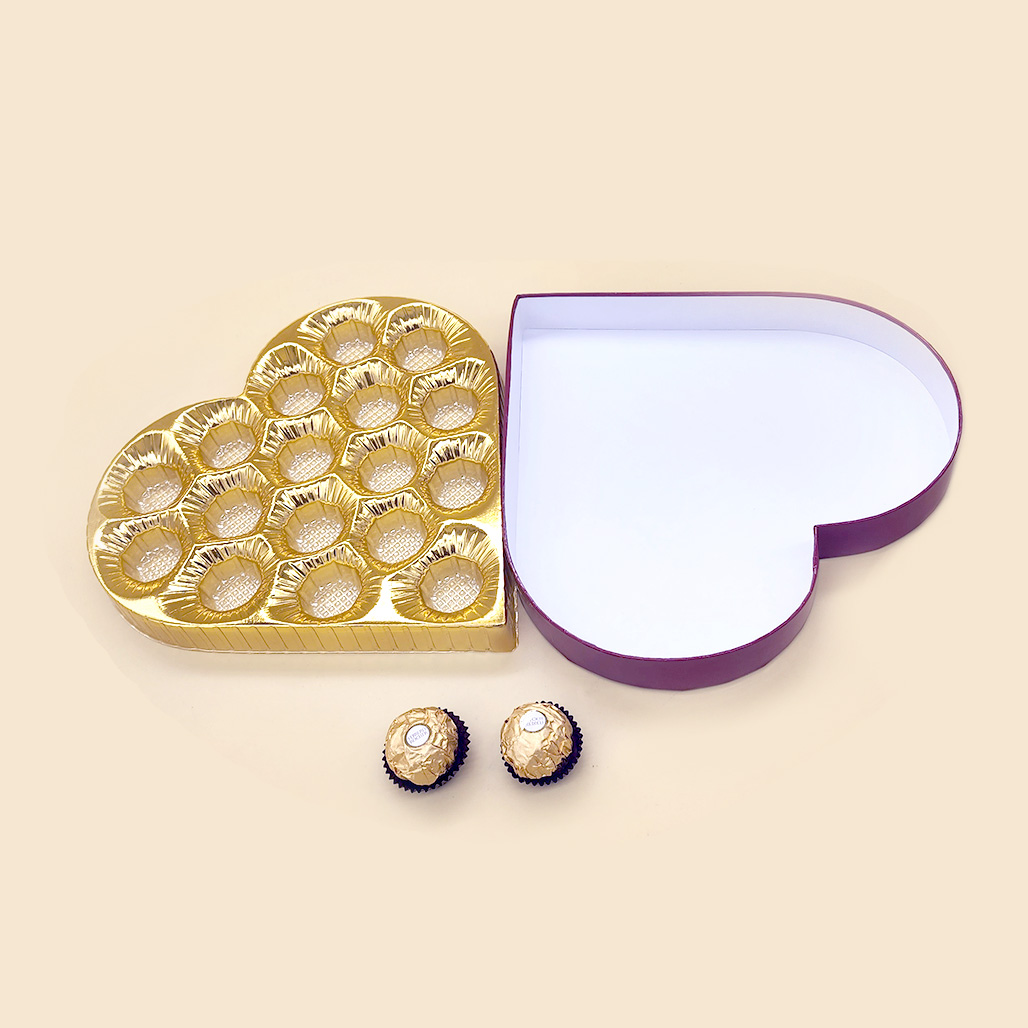The commonly used vacuum forming materials include PVC (about 50%, density of 1.36g/cm3), PS (about 30%, density of 1.06g/cm3), PET (about 10%, density of 1.39g/cm3), and PP (about 10%, density of 0.92g/cm3).
The maximum thickness of PVC is generally 0.8mm, while PS can reach up to 1.2mm. Films with a thickness exceeding this range are difficult to pull and can easily cause damage to equipment.
The color of materials is generally determined according to customer requirements, such as PANTON color codes, color matching drafts, and color separation standards. Customers can also specify approximate colors and provide them based on product inventory. If the customer has no specific requirements, colorless, transparent, and easily producible materials can generally be used. If ordering colored sheets, it is generally necessary to order at least 2t before customization can be made. The density of colored materials is higher than that of transparent materials. The flocking material is generally made of PS material with lower density.

If the density is high, it is easy to produce some areas without fibers on the surface after stretching. Generally, materials with bright colors are easier to produce and do not have high packaging requirements. Scratches on light colored materials are easily visible, and strict packaging requirements are required. Generally, flocking materials need to be prevented from scratching or creasing. When products are put together, friction may occur in tight contact areas, resulting in whitening. For places like this, special attention should be paid when packaging. If strict requirements are required, methods such as using plastic bags and separating copy paper should be considered for protection. Plush materials are generally ordered according to their length (in meters).

The characteristics of materials generally include anti-static properties. Anti static materials are made by soaking or adding anti-static components, with the latter method having long-lasting anti-static performance. The static electricity value of anti-static materials can generally reach 106-1012 Ω. In addition, there is environmental friendliness, with APET being the most environmentally friendly and PVC being recyclable. Generally speaking, the thicker the material, the longer the heating time required, and the slower the production speed; The thinner the material, the faster the production speed, but the length of a roll is also longer.




